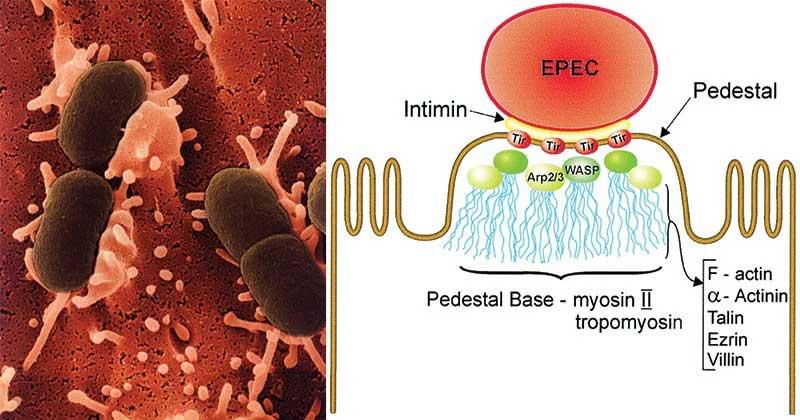Scientists have found that over the past 41,000 years, viral communities have varied significantly across cold and warm climate periods. Massive ice structures like glaciers act as natural freezers, archiving records of past climates and ecosystems — including viruses. A team of microbiologists and paleoclimatologists studying ancient microorganisms, including viruses, preserved in glacier ice are investigating the interactions between viruses and their environments in ice cores from the Gulia Glacier on the Tibetan Plateau.
By linking the genomes of ancient viral communities to specific climate conditions preserved in glacial ice, a newly published study provides insight into how these viruses have adapted to Earth’s changing climate over the past 41,000 years.
First, metagenomes—collections of genomes that capture the total genetic content of all microorganisms present in environmental samples—were used to reconstruct viral genomes from nine separate time intervals in the Gulia ice core. These time horizons span three major cold-to-warm cycles, providing a unique opportunity to observe how viral communities changed in response to different climate conditions.
Scientists have reconstructed the genomes of approximately 1,705 virus species, increasing the number of known ancient viruses preserved on the glacier by more than fifty times.
Only about a quarter of the detected viral species shared species-level similarities with any of the viruses identified in nearly 1,000 metagenomes previously recorded in global datasets. Most of these overlapping species were also from the Tibetan Plateau. This suggests that at least some viruses preserved in the Gulia Glacier arose locally in the region, but it also speaks to the relative absence of glacial viruses in available databases.

One of the key findings was that viral communities differed significantly between cold and warm climate periods. The most distinct community of viral species on the glacier emerged around 11,500 years ago, coinciding with the major transition from the last glacial stage to the Holocene. This suggests that the unique climate conditions during the cold and warm periods had a profound impact on the composition of viral communities. These influences were likely driven by viruses from elsewhere, introduced by changing wind patterns, and subject to selection pressures due to changing temperatures on the glacier.
They then determined how the viruses interacted with their hosts by using computer models to compare the viral genomes with those of other microbes also found in the environment. The viruses consistently infected Flavobacterium, a genus of bacteria commonly found in glacial environments.
It is clear that viruses on Gulia Glacier must “steal” genes from their hosts to manipulate their metabolism. The viral genomes encoded 50 accessory metabolic genes related to metabolism, including the synthesis and breakdown of vitamins, amino acids, and carbohydrates. Some of these genes were common across all nine time intervals studied, suggesting that they help microbial hosts cope with the harsh conditions on the glacier surface and thereby improve viral fitness.
Thus, viruses not only infect and kill cells, but also likely alter the fitness of their hosts during infection, which in turn affects their ability to survive in the extreme conditions of glacial environments.
Understanding these ancient interactions offers a unique opportunity for future research in both virology and climate science. By studying how ancient viruses responded to past climate change, researchers can gain valuable insights into how viruses are adapting to current global climate change. Glacial ice, which preserves information about microorganisms and their ecosystems over time in each layer, remains a critical resource for studying the history of Earth’s climate and the life it supported — especially as glacial ice reserves rapidly decline.






